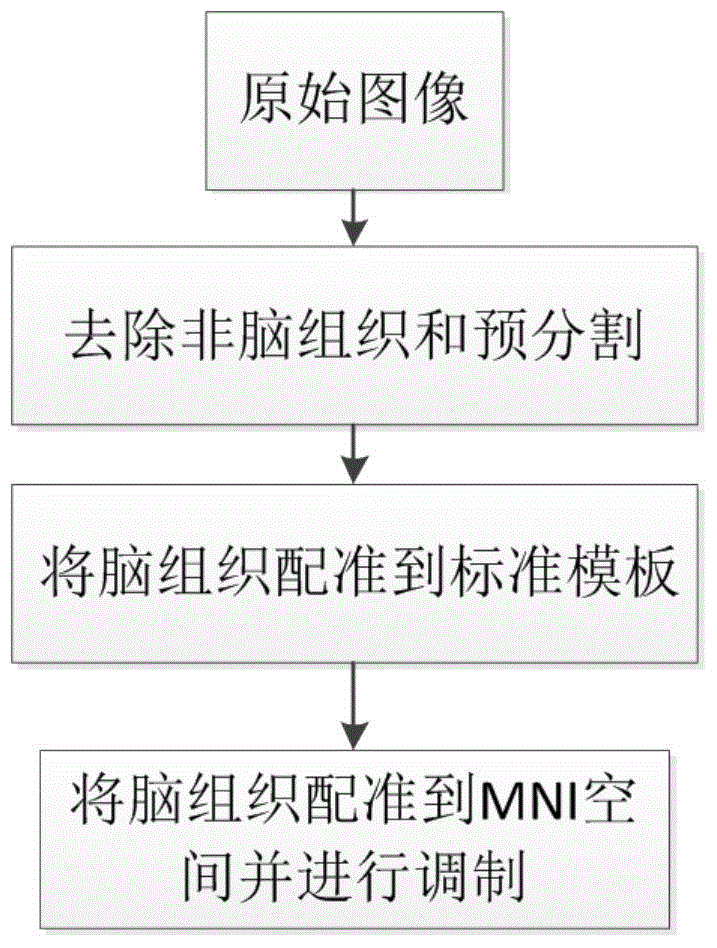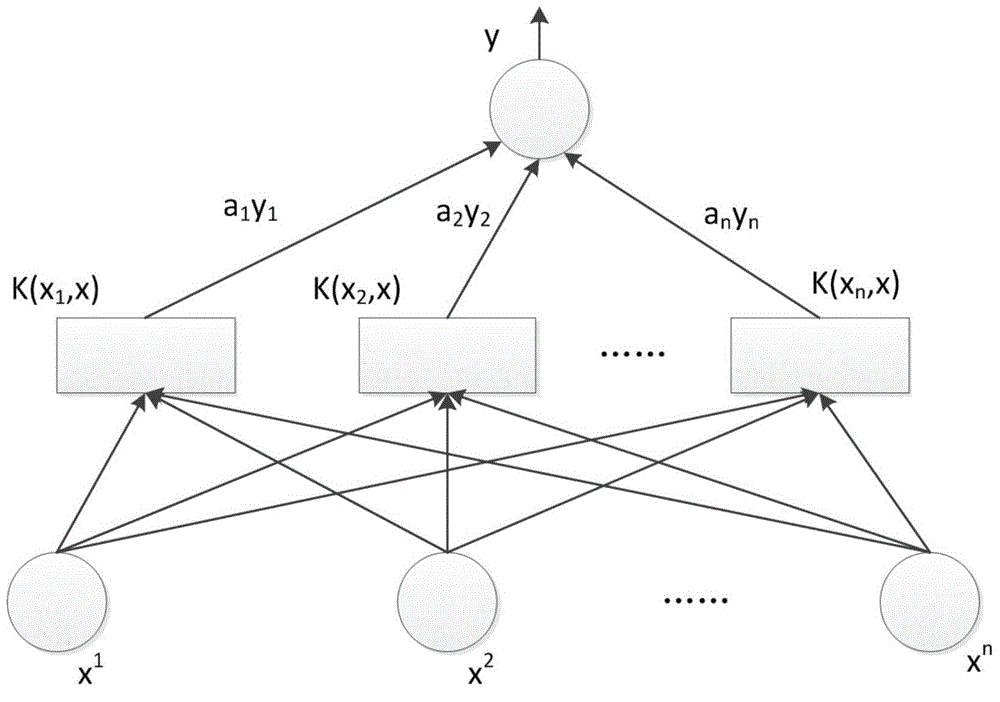Alzheimer's disease and mild cognitive impairment identification method based on two-dimension features and three-dimension features
A technology for Alzheimer's disease and cognitive dysfunction, applied in the field of computer-aided diagnosis, can solve problems such as unfavorable recognition and classification, difficulty in accurately expressing medical images, etc.
- Summary
- Abstract
- Description
- Claims
- Application Information
AI Technical Summary
Problems solved by technology
Method used
Image
Examples
Embodiment Construction
[0018] Specific embodiments of the present invention will be described below in conjunction with the accompanying drawings, so that those skilled in the art can better understand the present invention. It should be noted that the following description is only used to explain the present invention, not to limit the present invention.
[0019] The overall flowchart of the recognition method for Alzheimer's disease and mild cognitive impairment based on three-dimensional morphological features and two-dimensional texture features proposed by the present invention is as follows figure 1 As shown, the details are as follows:
[0020] Step (1) is to preprocess the structural MRI images, including patient images and normal person images. A voxel-based approach to brain morphology and diffeomorphism anatomical registration via exponentiation Lie algebras was employed. The VBM method is a voxel-based morphometric method, which displays the morphological changes of brain tissue by cal...
PUM
 Login to View More
Login to View More Abstract
Description
Claims
Application Information
 Login to View More
Login to View More - R&D
- Intellectual Property
- Life Sciences
- Materials
- Tech Scout
- Unparalleled Data Quality
- Higher Quality Content
- 60% Fewer Hallucinations
Browse by: Latest US Patents, China's latest patents, Technical Efficacy Thesaurus, Application Domain, Technology Topic, Popular Technical Reports.
© 2025 PatSnap. All rights reserved.Legal|Privacy policy|Modern Slavery Act Transparency Statement|Sitemap|About US| Contact US: help@patsnap.com



